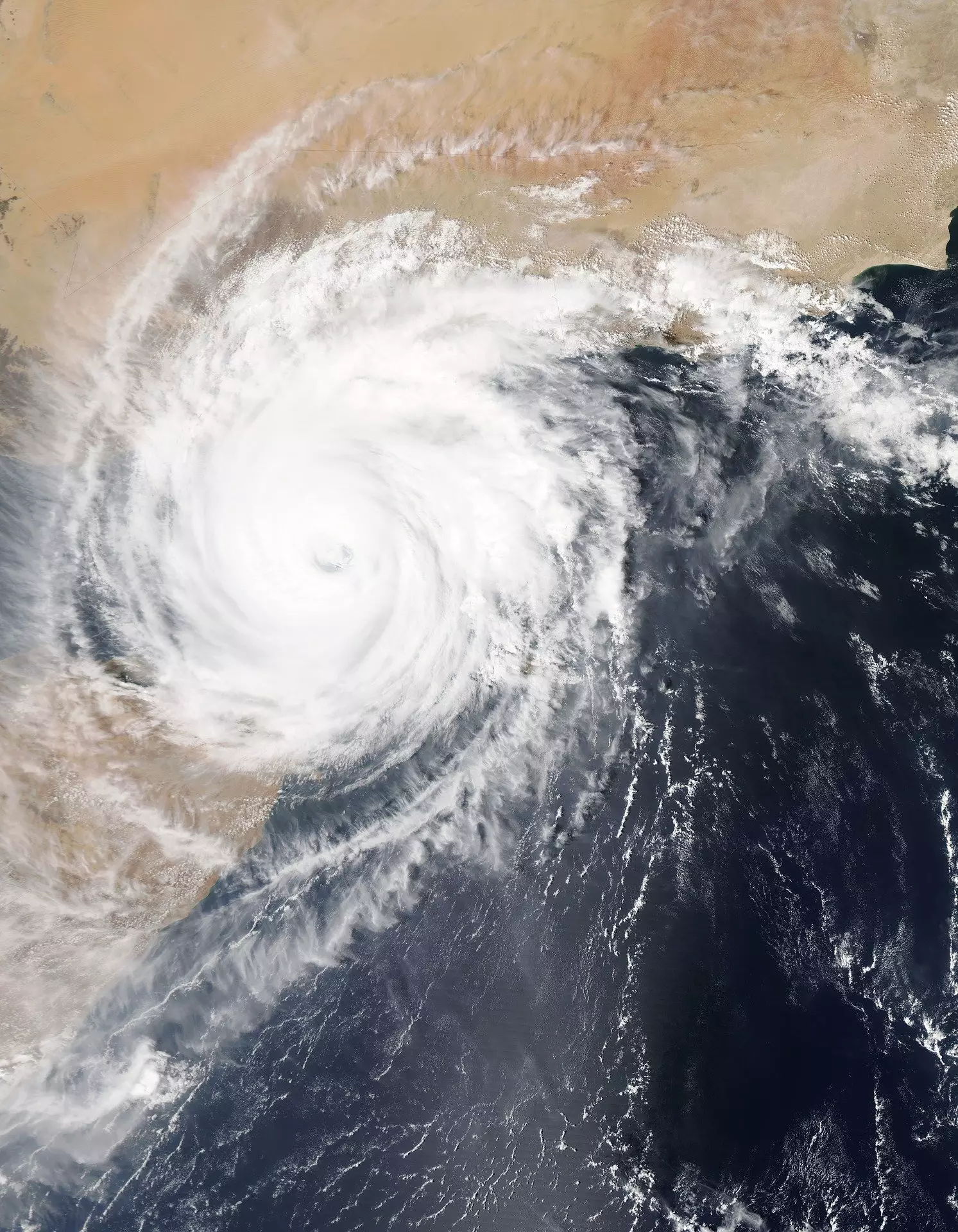Predicting the path and nature of tropical cyclones is crucial for the safety and preparedness of communities in vulnerable areas. However, the current prediction models only offer a lead time of up to five days. This is due to limitations in both physics-based models like the Weather Research and Forecasting (WRF) model and machine learning models such as Pangu-Weather (Pangu).
In a recent study published in the Journal of Geophysical Research, researchers proposed a new hybrid model for longer-range tropical cyclone forecasting. This hybrid model combines the strengths of the high-resolution WRF model with the storm path modeling capabilities of the machine learning model Pangu.
The researchers conducted six experiments over a two-week period to test the effectiveness of their hybrid approach. By adjusting their models and incorporating both WRF and Pangu, they were able to significantly improve the tracking and intensity forecasts of tropical cyclones. In a case study of 2023’s tropical cyclone Freddy, the hybrid approach extended accurate predictions from five to seven days and accurately matched the path and intensity of the storm for the entire two weeks.
The success of the hybrid model in extending prediction accuracy beyond the current five-day limit shows promise for the future of tropical cyclone forecasting. With further testing and refinement, this modeling approach has the potential to increase warning time to beyond two weeks. This would provide at-risk communities with valuable extra time to prepare for major storms and minimize the impact of these natural disasters.
The study signifies a significant advancement in tropical cyclone prediction technology and highlights the importance of combining different modeling approaches for more accurate and longer-range forecasts. This research opens up new possibilities for enhancing early warning systems and improving disaster preparedness in regions prone to tropical cyclones.


Leave a Reply